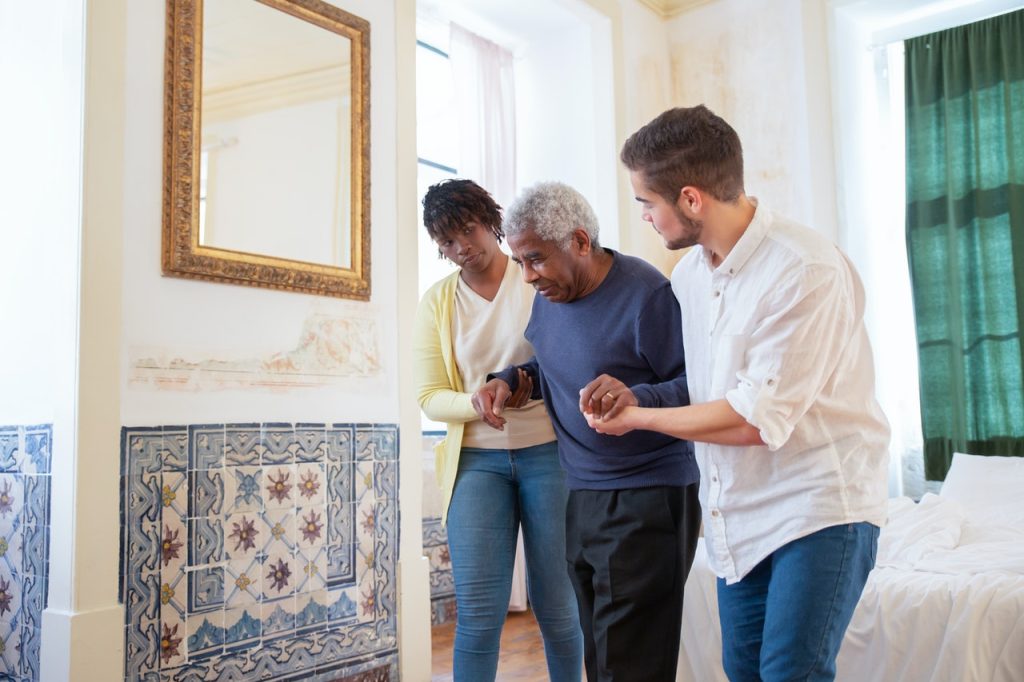Slower Arm Movements Linked to Greater Fall Risk for Older Adults

When a person starts to lose their balance on a slippery surface, the natural reaction is to raise the arms to restore balance. Adults age 65 and older may move their arms more slowly when slipping, which could increase their risk of falling, according to a University of Arizona Health Sciences-led study.
The paper, published in Scientific Reports, marked the first analysis of balance-correcting arm movements that may assist in reducing the incidence of hip fractures, said senior author Jonathan Lee-Confer, PhD, an assistant professor of physical therapy at the U of A Mel and Enid Zuckerman College of Public Health. He and his collaborators studied older adults walking in everyday conditions.
“We know older adults lose mass in the shoulder muscles used for these types of arm movements,” Lee-Confer said. “This research fills a gap by looking at how older adults move and revealing those detriments to functional performance during a slip.”
The research team gathered data from two groups of people, the first with an average age of 26 and the second with an average age of 72. They found that all participants achieved comparable peak arm abduction during slips of similar severity; however, the older group were on average 58% slower than the younger group.
Additionally, they found that faster, more explosive arm corrections helped limit whole-body movement during a slip, quantifying the difference just 1/25 of a second made in how much participants’ bodies shifted sideways.
“It’s actually quite a bit – about an inch [2.5cm] to the side. So if someone is delayed with their arm movement, they are going to fall more toward the side than if they were able to react quickly,” said Lee-Confer, adding that until about seven years ago, the physical therapy community’s prevailing belief was that slips caused people to fall backward.
Lee-Confer’s prior research found that many people instead fall to the side. The distinction is important in preventing injury, as slip-induced falls are strongly associated with hip fractures.
“When an older adult fractures their hip, it can only be from a sideways fall, not purely backward,” he said.
Lee-Confer’s new study establishes a foundation for further research into interventions that could strengthen arms to improve balance reactions to slips. He plans to investigate whether strengthening targeted muscles by employing quick dumbbell raises to the side makes subjects’ arms move more rapidly when a slip occurs.
The balance-correcting arm movements happen almost as quickly as an automatic reflex and having existing strength to draw on may speed the process, he said.
If future findings support the approach, adding arm exercises to existing fall prevention programs that condition legs could make physical therapy protocols more effective, thus saving lives and prolonging healthspans.
“This is about using physical therapy to extend someone’s quality of life,” he said. “I like the idea of being able to give somebody more years of protection from these debilitating injuries.”
According to the Centers for Disease Control and Prevention, falls are the leading cause of nonfatal and fatal injury for Americans age 65 and older.
Source: University of Arizona


